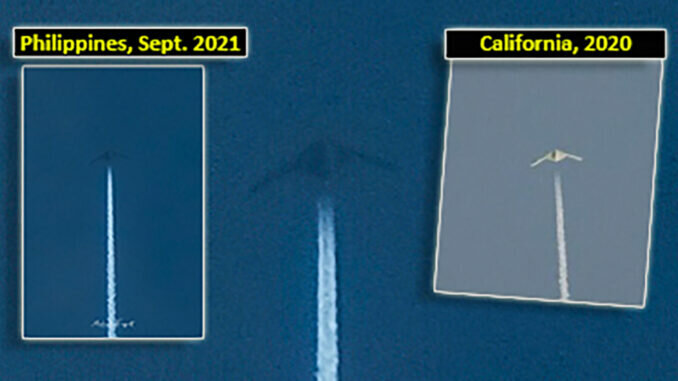Dreamfighter
'Senior Something'
- Joined
- 13 July 2008
- Messages
- 483
- Reaction score
- 646
Q-nimbus made an unfortunate typographical error. He meant to type VIII.
I thought so. One 'X' was also absent though, which changed '32' into '22'.
The numerals on the artwork do indeed convert to 8-832, which represents the serial number of the second air vehicle: 08-0832. The first air vehicle was 04-0831. There's a complete list of the nine preproduction articles in Dreamland: The Secret History of Area 51.
Thanks, unfortunately I don´t have y... the book (yet).


